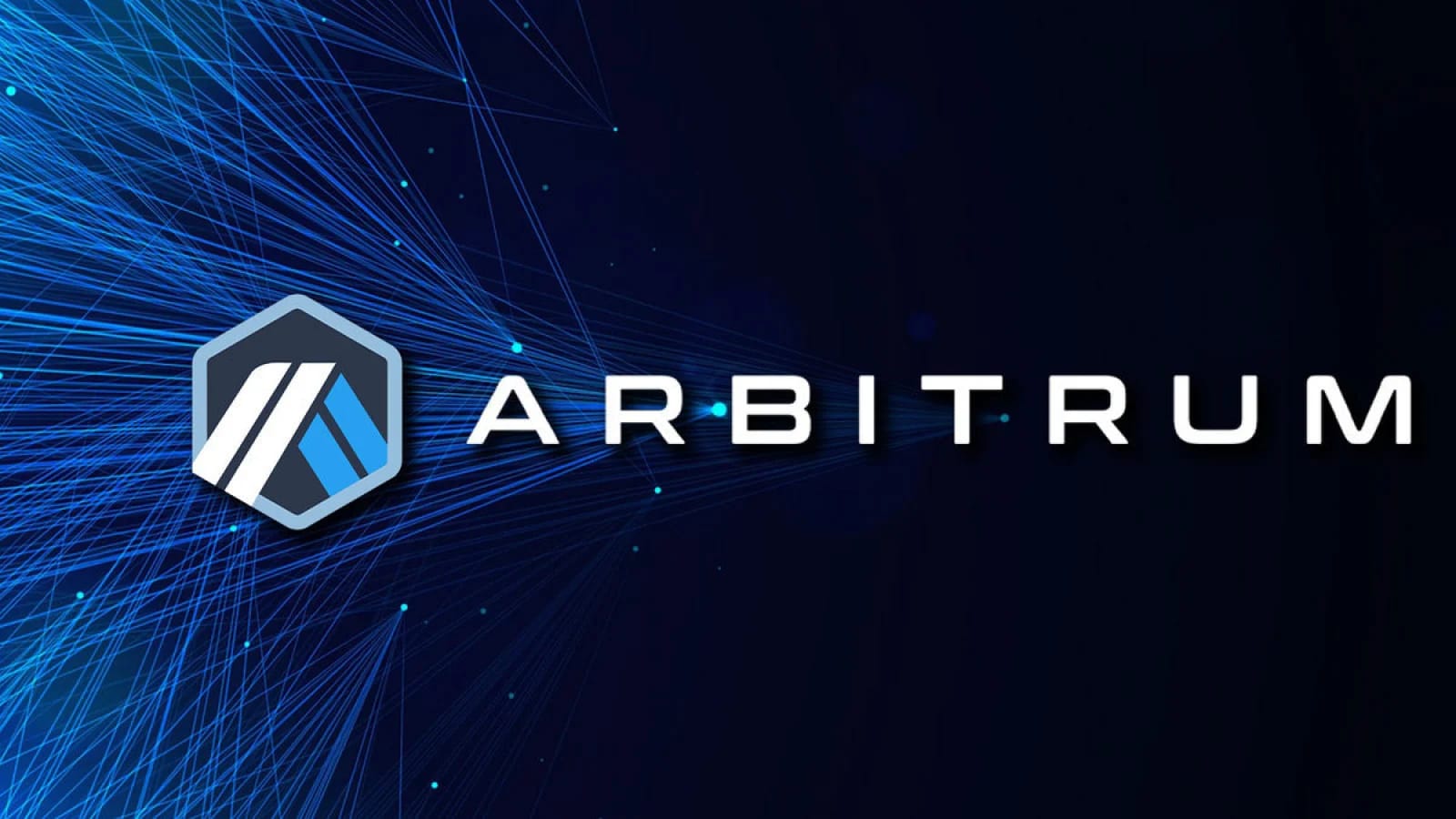$ARB DAO Allocation
This analysis delves into the allocation of $ARB tokens, the native currency of the Arbitrum blockchain, to various DAO projects within its ecosystem. A total of 1.13% of the overall ARB Allocations has been designated for this purpose, highlighting the significance of DAOs within the Arbitrum network.
This analysis delves into the allocation of $ARB tokens, the native currency of the Arbitrum blockchain, to various DAO projects within its ecosystem. A total of 1.13% of the overall ARB Allocations has been designated for this purpose, highlighting the significance of DAOs within the Arbitrum network.
To determine the allocation of tokens, I examined the top projects within the Arbitrum Ecosystem based on various criteria, such as their potential impact, usage, and community support. This process aimed to ensure that the tokens were distributed in a way that best served the overall growth and development of the ecosystem.
The methodology used for this allocation process is detailed in the method section.
Arbitrum represents a breakthrough in scaling solutions for the Ethereum network. As a layer-2 protocol, it overcomes scalability and privacy limitations plaguing blockchain-based smart contracts. By utilizing Arbitrum, users can experience lower transaction fees and reduced network congestion, translating into a faster, more efficient user experience.
On the other hand, developers can leverage the platform's code to specify the behavior of a virtual machine (VM) that implements their smart contract's functionality. This enables dramatic improvements in scalability and privacy, making Arbitrum an essential tool for anyone looking to build decentralized applications on the Ethereum network.

Ethereum, a decentralized platform for finance, applications, and more, has experienced high fees during congestion. This has hindered the growth of Arbitrum, a layer-2 scaling solution for Ethereum that is touted as the next generation. Arbitrum aims to address the rising transaction fees and network congestion by utilizing optimistic rollups to achieve high speed, scalability, and cost-effectiveness.
Recently launched through an anticipated airdrop, the governance and staking token for Arbitrum is ARB. Offchain Labs, the company responsible for developing Arbitrum, has announced a move towards a decentralized autonomous organization (DAO). As a result, ARB holders can now vote on proposals for the platform's advancement.

The image on the left displays the allocation of $ARB tokens among the Arbitrum Ecosystem participants, with GMX receiving the largest share, significantly more than Uniswap and Sushiswap.
Meanwhile, the chart below illustrates the distribution of $ARB tokens according to my criteria, which I will elaborate on in the next section, as previously mentioned.
Volume: It is important to note that we currently do not have an exact price table for Arbitrum on Flipside. However, I could extract the average token price using data from Camelot and Trader Joe swaps. Additionally, some tokens are available on the Ethereum chain. To calculate the average price of these tokens, I combined the price data from Ethereum and these DEXs based on their symbols. Unfortunately, not all tokens had enough data to determine their price accurately, so my analysis is based on the tokens for which I could extract pricing data. To ensure accuracy, I removed any fake tokens from my findings, and the list is available in the SQL code.
Projects: For my analysis of projects, I used Arbitrum Dim labels and joined them with Fact token transfers. I filtered the data to include only origin_to_address = address and found the names of the projects. Then, I joined the project names with the price table and calculated the volume in USD.
Allocation: I divided the allocation criteria into users, transactions, and volume. Over the last year, users, transactions, and volume have been the driving force behind the growth of the Arbitrum chain, so they can serve as good criteria for allocation. I calculated the total number of users, transactions, and volume, then calculated each project's share in these categories. I allocated 60M $ARB for volume, 25M for transactions, and 25M for users.
However, there were some additional criteria for specific platforms. Each project was allocated tokens based on its share of these three categories. To prevent projects with the highest number of users, transactions, and volume from receiving an unfair portion of the tokens, I set targets for non-native projects. For example, if Uniswap reaches the highest point, I will deduct ARB tokens from its allocated amount. The remaining tokens from the deduction will be distributed to native and early projects on Arbitrum. More details about my allocation criteria will be discussed in the following sections.
Due to the lack of a price table and unknown tokens on Arbitrum, The result may have +- 5% fault.